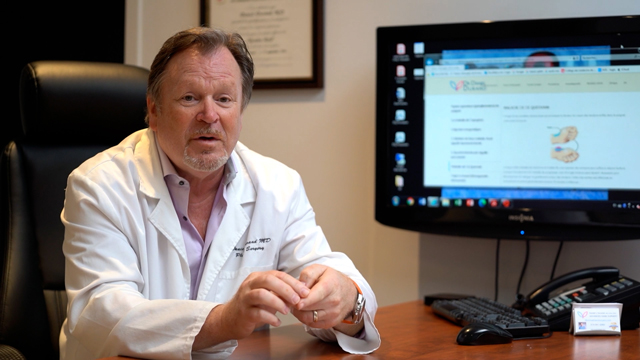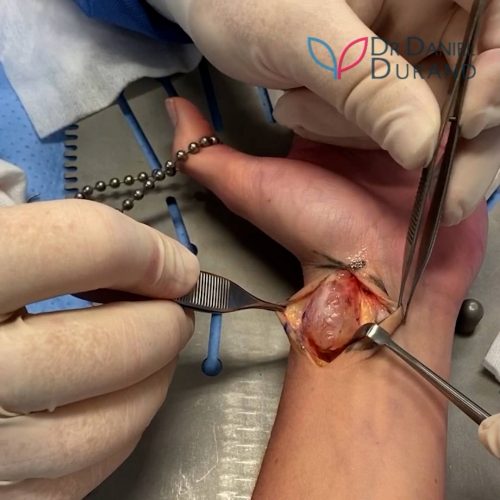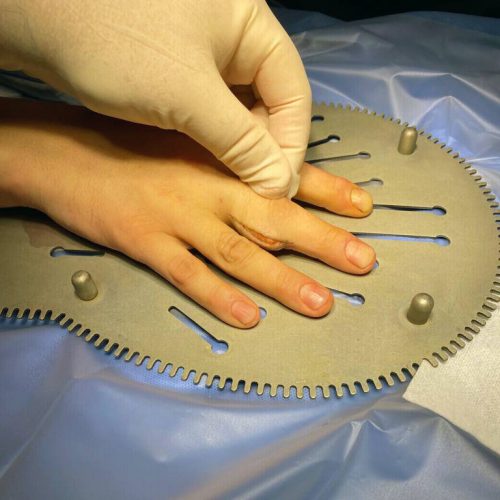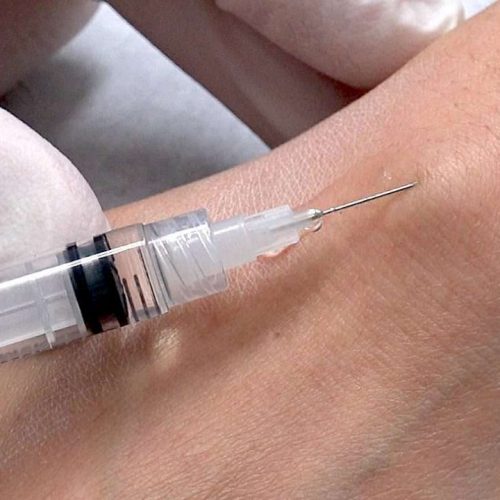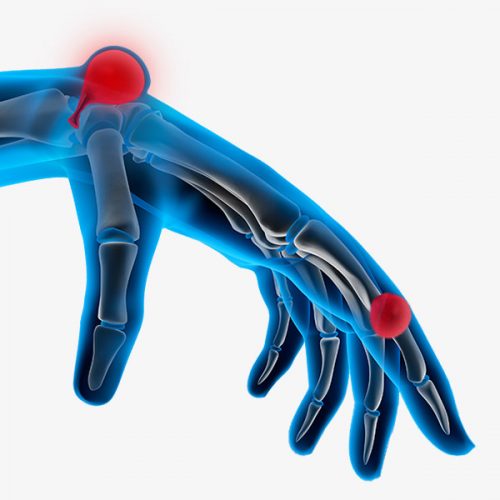

Hand, Wrist & Fingers Tumor



WHAT IS HAND TUMOR?
As with all living tissue, the wrist, hand and finger can exhibit the formation, of lumps and bumps, most of which are benign or not dangerous.
However, even though these bumps or growths may not pose a risk to your health, their inconvenient location in your hand will often impair the normal and comfortable way in which your hand is supposed to function in daily interaction with your immediate environment.
It is suggested that any mass which is growing on your wrist, hand or fingers lasting more than a month: should be promptly brought to the attention of a hand surgeon for evaluation. This will ensure that these conditions will be treated earlier rather than later, and will benefit you with the shortest possible recovery time after treatment.
SYMPTOMS OF THE TUMOR
Tumors can occur on the skin, such as a mole or a wart, or underneath the skin in the soft tissue or even the bone. Because there are so many types of tissue in the hand (e.g. skin, fat, ligaments, tendons, nerves, blood vessels, bone, etc.), there are many types of tumors that can occur. Only a few of them are seen commonly.
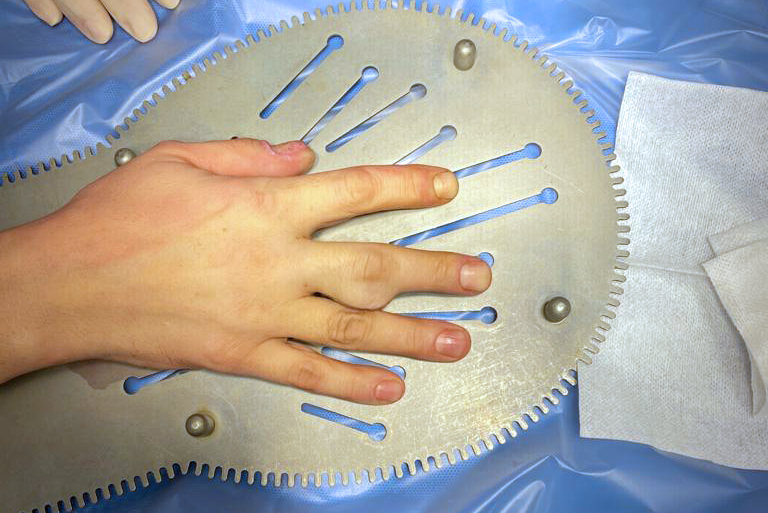
IF YOU ARE SUFFERING FROM SYMPTOMS OF THE Hand, Wrist & Fingers TUMOR AND EVALUATING YOUR TREATMENT OPTIONS, SCHEDULE A CONSULTATION WITH DR. DANIEL DURAND TODAY.
WHAT CAUSES HAND, WRIST & FINGERS TUMOR?
Common Types of Wrist Tumors and Hand Tumors:
- Ganglion Cysts: This is the most common wrist and hand tumor. Ganglion cysts are seen frequently in the wrist but can occur at the base of the fingers or around the finger joints. The cyst is typically filled with fluid, and it will feel very firm. There are several treatment options for a ganglion cyst, including observation (doing nothing), aspiration (puncturing with a needle) or surgically removing it.
- Giant cell tumor of the tendon sheath: This is the second most common hand tumor. Unlike the fluid-filled ganglion cyst, these tumors are solid. They are benign (not cancer) and slow-growing.
- Epidermal inclusion cyst: This tumor is benign and forms just underneath the skin where there may have been a cut or puncture. The cyst is filled with keratin, a soft, waxy material.
There are other less common types of tumors seen in the hand, including lipomas (fatty tumors), neuromas (nerve tumors), nerve sheath tumors, fibromas and glomus tumors, among others. Almost all are benign.
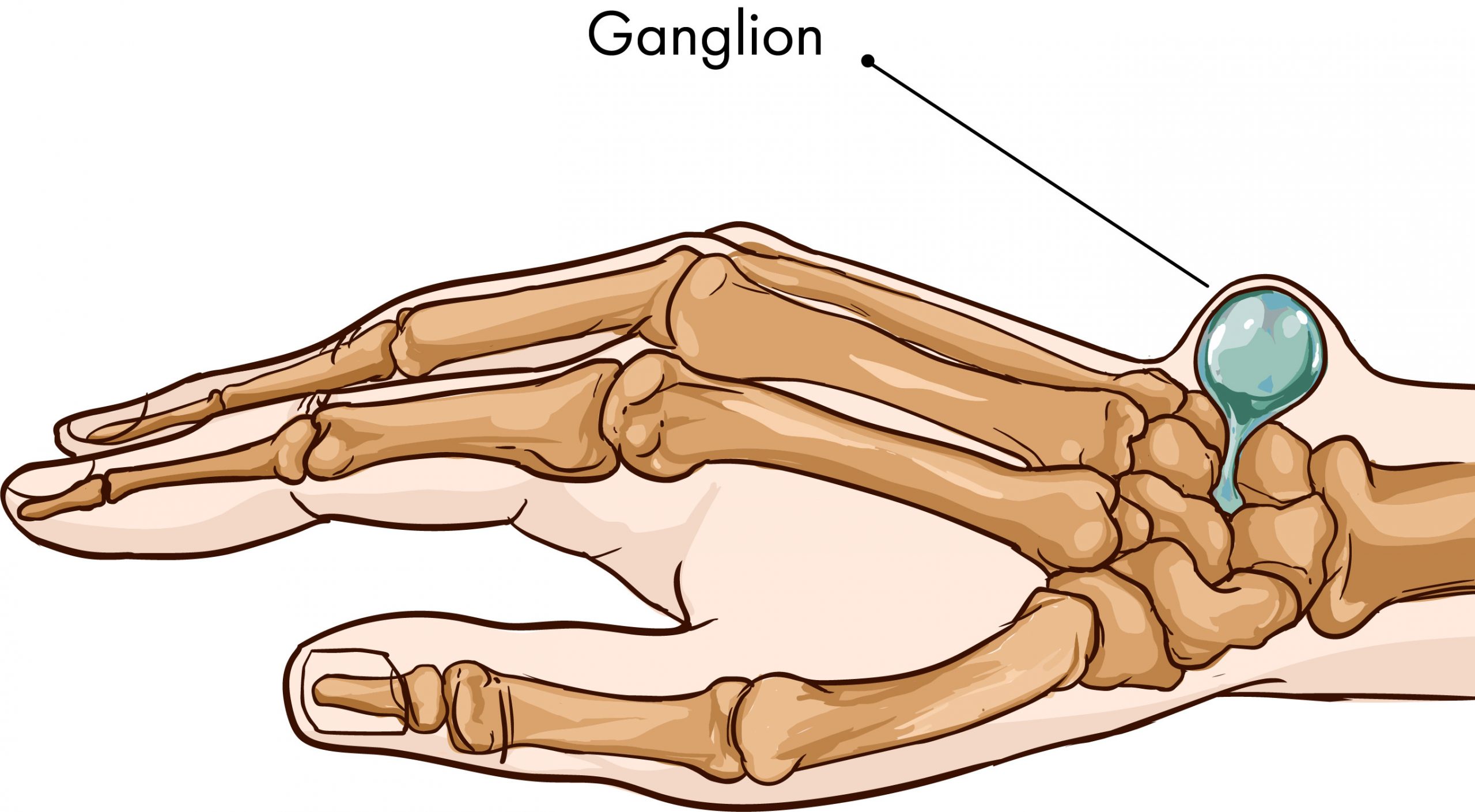
HOW IS HAND TUMOR DIAGNOSED?
In order to diagnose the cause of your lump, Dr. Durand will first take your medical history. He will ask you things like when you first noticed the lump, whether it has changed in size, and if you’re experiencing any symptoms.
- Physical examination. Dr. Durand will examine your lump. They may press on the lump to check for pain or tenderness. They may also shine a light on the lump to help them see if it’s solid or filled with fluid.
- Imaging. Dr. Durand may also want to use imaging technology to get a better view of the lump and the surrounding tissue. This can include things like an ultrasound, MRI, or X-ray.
- Biopsy. In the case of a cyst or tumor, your doctor may want to take a tissue sample to examine the cells.
- Laboratory tests. Blood tests can help diagnose some conditions like RA and gout.
WHEN SEEKING A DIAGNOSIS OR TREATMENT, IT’S BETTER TO SEE A DOCTOR SOONER RATHER THAN LATER. ONCE A CONDITION IS SEVERE, THE DISEASES ARE MORE DIFFICULT TO CORRECT.
EARLY INTERVENTION IS KEY TO AVOIDING PERMANENT DAMAGE. DEPENDING ON YOUR DIAGNOSIS, NONSURGICAL TREATMENT MAY BE AN OPTION.
HOW IS HAND TUMOR TREATED?
The treatment for your wrist or hand lump can depend on the condition that’s causing it. Dr. Durand will work to come up with a treatment plan that’s right for you. Possible treatments can include:
- Over-the-counter (OTC) medications. You may be able to use OTC medications to relieve pain and inflammation. Common OTC drugs include acetaminophen (Tylenol), ibuprofen (Motrin, Advil), and naproxen (Aleve).
- Prescription medications. Sometimes Dr. Durand may prescribe a medication like oral or injected corticosteroids or specialized medications for these conditions.
- Immobilization. A splint or brace can be used to immobilize your wrist or hand. This may be used when movement causes pain or causes a cyst or tumor to get larger.
- Aspiration. In some cases, the fluid in a lump may need to be drained using a needle. This may be done for ganglion cysts and epidermal inclusions.
- Surgery. Dr. Durand may choose to remove the lump surgically. This may be done for a variety of conditions, including ganglion cysts, mucous cyst and other types of cysts or tumors. Also, conditions that cause lumps, such as trigger finger and carpal boss, may also be treated surgically.
HAND CARE WITH DR DANIEL DURAND
NOT ALL HAND AND WRIST CONDITIONS REQUIRE SURGICAL SOLUTIONS. OTHER TREATMENT OPTIONS ARE AVAILABLE FOR LESS SEVERE ISSUES. IF YOU’VE BEEN EXPERIENCING HAND, WRIST & FINGERS TUMOR SYMPTOMS, SCHEDULE AN APPOINTMENT WITH DR. DANIEL DURAND TODAY!

